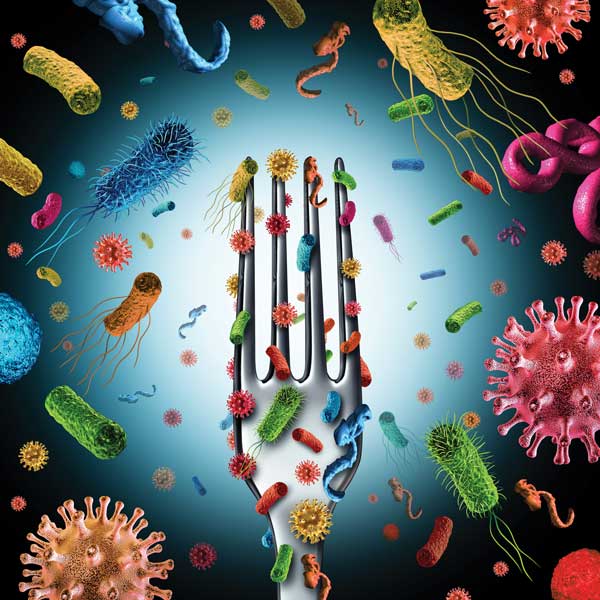Protecting Your Plate: The Big 6 Foodborne Pathogens

Foodborne illnesses affect millions of people each year, but by understanding and preventing the “Big 6” foodborne pathogens, you can reduce your risk of falling victim to them. pathogens, their sources, and practical ways to protect yourself and your loved ones from food-related health hazards.
Salmonella: The Widespread Troublemaker
Salmonella is perhaps the most notorious of the Big 6. It can be found in a range of sources, such as raw poultry, eggs, and unpasteurized milk. To protect yourself, always cook poultry and eggs to safe temperatures and avoid consuming raw or undercooked items. Practicing rigorous hand hygiene when handling these foods is also crucial.
Escherichia coli (E. coli): Variants and Dangers
E. coli is a diverse bacterium with some strains being beneficial while others, particularly E. coli O157:H7, can be deadly. Contaminated ground beef, unpasteurized dairy, and tainted water are common sources. To reduce your risk, ensure that ground beef is fully cooked and avoid raw milk.
Listeria: A Menace to Vulnerable Populations
Listeria poses a significant threat, especially to pregnant women, and individuals with weakened immune systems. This pathogen lurks in deli meats, soft cheeses, and unwashed produce. Pregnant women should avoid these foods, and everyone should adhere to good food safety practices when handling them.
Campylobacter: The Poultry Peril
Campylobacter is frequently found in undercooked poultry, as well as in raw milk and contaminated water. Ensure that poultry is cooked thoroughly, and stay away from raw milk. Practicing safe food handling is paramount to avoid cross-contamination.
Norovirus: Highly Contagious and Sneaky
Norovirus is exceptionally contagious and can spread via contaminated food and water sources. Frequent handwashing and thorough cooking are your first lines of defense. Furthermore, be cautious when consuming raw shellfish, as they are a common vector for norovirus.
Clostridium perfringens: The Post-Cooking Culprit
Clostridium perfringens can multiply rapidly in improperly stored or reheated food, such as buffet items and leftovers. To prevent this pathogen from causing illness, ensure that hot foods remain hot and cold foods stay cold.
Food Safety Measures to Ward Off These Pathogens
Cooking: Cook food to the recommended safe temperatures.
Food Handling Hygiene: Maintain proper hygiene by washing hands, utensils, and surfaces regularly.
Pasteurization: Opt for pasteurized dairy products to minimize the risk of Listeria.
Safe Food Sources: Purchase food from reputable sources.
Handwashing: Regularly wash your hands with soap and water.
Staying Informed and Staying Safe
In conclusion, awareness is key to protecting yourself and your loved ones from foodborne illnesses. By familiarizing yourself with the Big 6 foodborne pathogens and adopting safe food handling practices, you can significantly reduce your risk. Stay informed, stay safe, and enjoy your meals with confidence.



